Port Adelaide is a vital part of South Australia and Adelaide’s history. Its heritage and location are now being cherished, and the Port is taking its rightful place as a centre of opportunity and investment in the State.
A key element of this change has been the push by the SA Government and Port Adelaide Enfield Council, to position Port Adelaide as a “Living and Thriving Port”. While much of the predicted growth is aligned with the influx of businesses and opportunities on the back of the Future Shipbuilding and Future Submarine programs — which will be based less than 10km from the centre of Port Adelaide in nearby Osborne — government agencies, commercial developers and even craft brewers are focusing on Port Adelaide as being the next big thing.

One of the most recent success stories for Port Adelaide has been the delivery of the Port Adelaide Government Office project, built by Hansen Yuncken on behalf of epc.Pacific, the building has become Port Adelaide’s first Green Star rated A-Grade commercial office building.
Hansen Yuncken was engaged by epc.Pacific on a design and construct basis to deliver the next generation office building. The site, located centrally within Port Adelaide, is a catalyst for the urban regeneration of the Port Precinct and marks a threshold junction for the Port Adelaide Enfield Council’s revitalisation plan for the area.
Located at the corner of Nile and Robe Streets and immediately adjacent to the Quest Hotel, the new building is spread over six levels, including car-parking for approximately 150 vehicles and a fully-integrated fit-out for SA Government tenants. The building will become a contemporary landmark in Adelaide’s oldest Port.
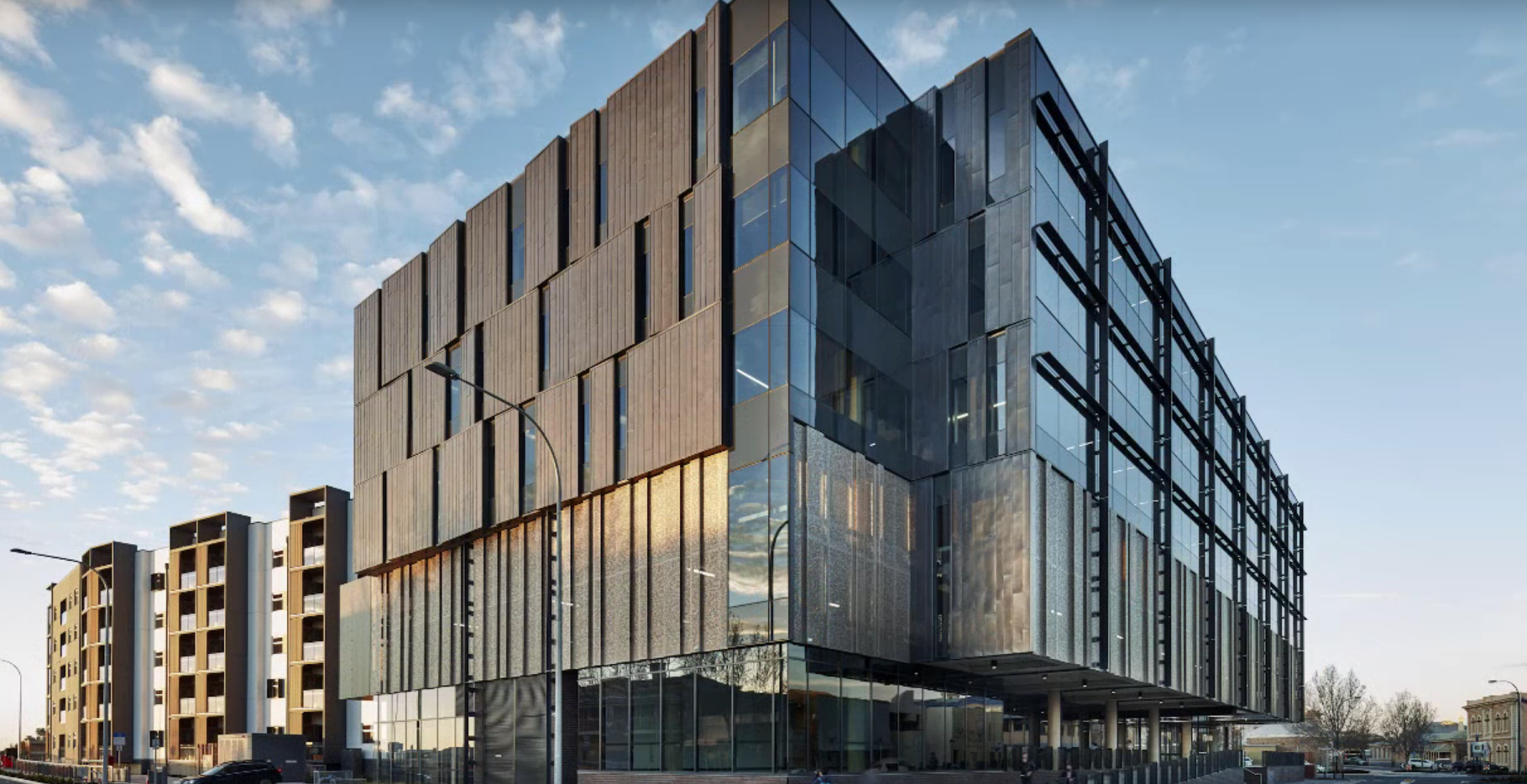
The design of the building is underpinned by a “first principals” approach to sustainability, with each façade responding to the specific conditions of each orientation. A good example is the north façade, which is a high-performance double-glazed curtain wall with deep horizontal shading, to provide good daylighting and limit the unwanted solar heat gains. By contrast, the west façade is metal clad and heavily insulated, with small windows to limit the strong afternoon heat gains.
“The program was tight – we had 18 months from start to finish to get the job done. Even with some of the challenges we faced, and program impacts, as a result, we still managed to bring the project to on-time completion,” reveals Project Manager George Doudakliev.
“It was the design of the building’s impressive façade that caused the biggest challenge and the highest rewards.”
“The stakeholders challenged the project team to come up with a more interesting treatment on the western facade, befitting the status of the building; and the result is the fantastic, innovative copper cladding we see today.”
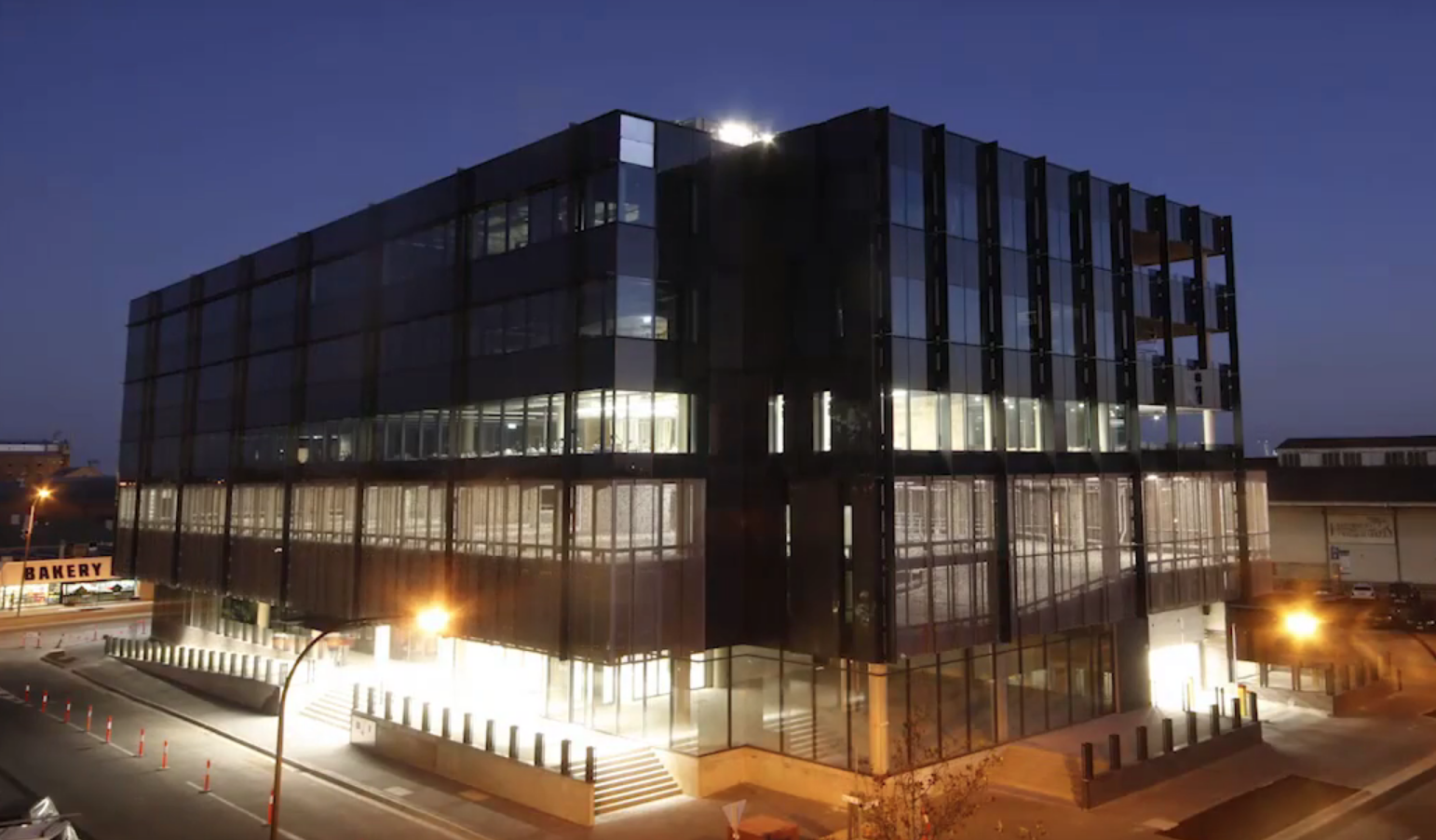
Collaboration during the project went beyond the project team: local residents, businesses, prospective tenants and neighbours were all regularly engaged and consulted with, ensuring feedback on the project was as relevant as it was timely.
“Hansen Yuncken has performed extremely well on the project and met our very high expectations,” epc.Pacific’s Patrick Smith says. “Through the process of early contractor engagement, Hansen Yuncken was able to assist the design team with advice on construction methodology,” he adds. “Then, during construction, they embraced our partnership approach, and performed exceptionally with stakeholder management and community engagement.”
A key element of the project’s successful delivery was the active participation of local industry in and around the Port Adelaide area.

SA State Manager Mark Rosenboom reflects “On all Adelaide and South Australia projects, we look to engage and utilise the local workforce and industry as much and as practically as possible — and we have earned an exceptional reputation for achieving industry-best targets. At Port Adelaide it was critical we tapped into the local market and this saw us utilise 99% local contractors for the job, which was an exceptional outcome”.
Through a strategic alignment of stakeholder requirements and the re-investment of capital savings into additional sustainability initiatives, the team aimed to exceed sustainability targets and expectations and opportunities to increase the environmental performance of the building were grasped by all stakeholders. As a result, a 50kW photovoltaic array has been installed on the roof to generate electricity for use within the building, which has significantly contributed to increased environmental performance.
Patrick adds, “Hansen Yuncken and the State Government should be commended for their professionalism, energy, and “can do” attitude throughout the project, he adds. “The success of the project and the quality of the construction has produced a landmark that the city of Port Adelaide can be proud of.”
Source: www.hansenyuncken.com.au

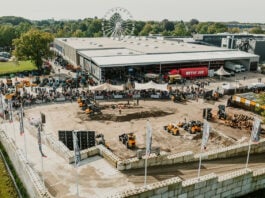

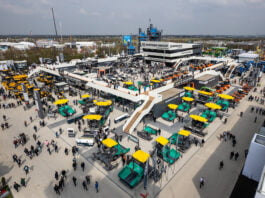

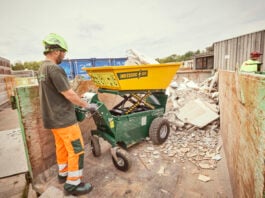
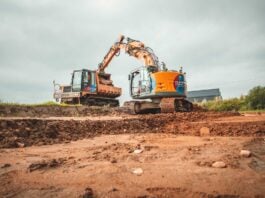
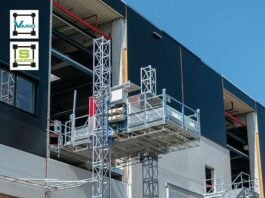
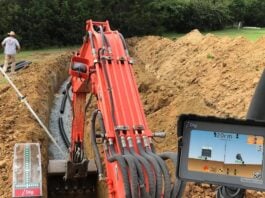
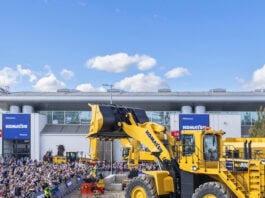
 Copyright 2025 All rights reserved.
Copyright 2025 All rights reserved.